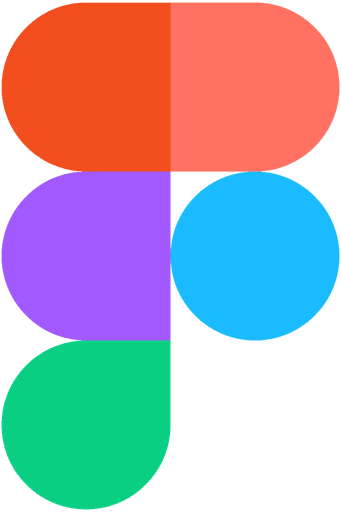Vitala Health
Vitala is a healthcare platform on a mission to integrate clinically validated exercise prescriptions into chronic care pathways. Designed to help patients manage conditions like cancer, heart disease, or long-term pain, the app transforms physical activity into a measurable, medical-grade intervention, tailored to each individual’s condition, goals, and progress.
As a freelance developer and consultant, I helped Vitala build and launch their mobile-first MVP. My role spanned frontend architecture, feature implementation, and product consultation bringing medical accuracy and accessibility together in a seamless user experience.
Stockholm, Sweden
Health
Website
https://www.vitala.health/
Freelance Developer & Consultant
2023
Challenge
Prescribing exercise sounds simple, but building a mobile app to deliver those prescriptions to chronically ill patients is anything but. The product needed to:
Translate clinician-created exercise plans into simple, guided routines
Track patient progress and feedback in a non-intrusive way
Maintain a calming, supportive UX while meeting strict medical standards
Be ready for early-stage validation and investor conversations
Results & Impact
Helped launch the Vitala MVP and support its early-stage clinical adoption
Enabled the collection of outcome data tied to user engagement and health improvements
Positioned the company for pilot partnerships with healthcare providers
Received positive feedback from both clinicians and patients for app usability and clarity
My Role & Responsibilities
MVP Development:
Built core screens and flows for the first version of the app using React Native, including:Personalized exercise prescription viewer
Daily routine tracking
Progress reports and visual feedback loops
Educational modules on lifestyle, recovery, and health behavior
Product Consultation:
Worked closely with the founding team to prioritize and refine early features. I helped bridge the gap between clinical goals and user experience by suggesting UX improvements and modular component patterns.Health Data Integration:
Advised on syncing routines with mobile health APIs (e.g., Apple Health, Google Fit) and integrating safe defaults for patients with lower mobility or unfamiliarity with technology.Scalable UI Design:
Focused on accessibility, calm color palettes, large touch targets, and low-friction user flows—ensuring usability for patients across age groups and health conditions.
Key Takeaways
Building in the health space requires clarity, empathy, and clinical alignment
Collaborating directly with a founding medical team sharpened my ability to translate complex requirements into elegant, user-first designs
Startups in healthcare benefit from lean, modular approaches that can validate hypotheses quickly without over-engineering



















